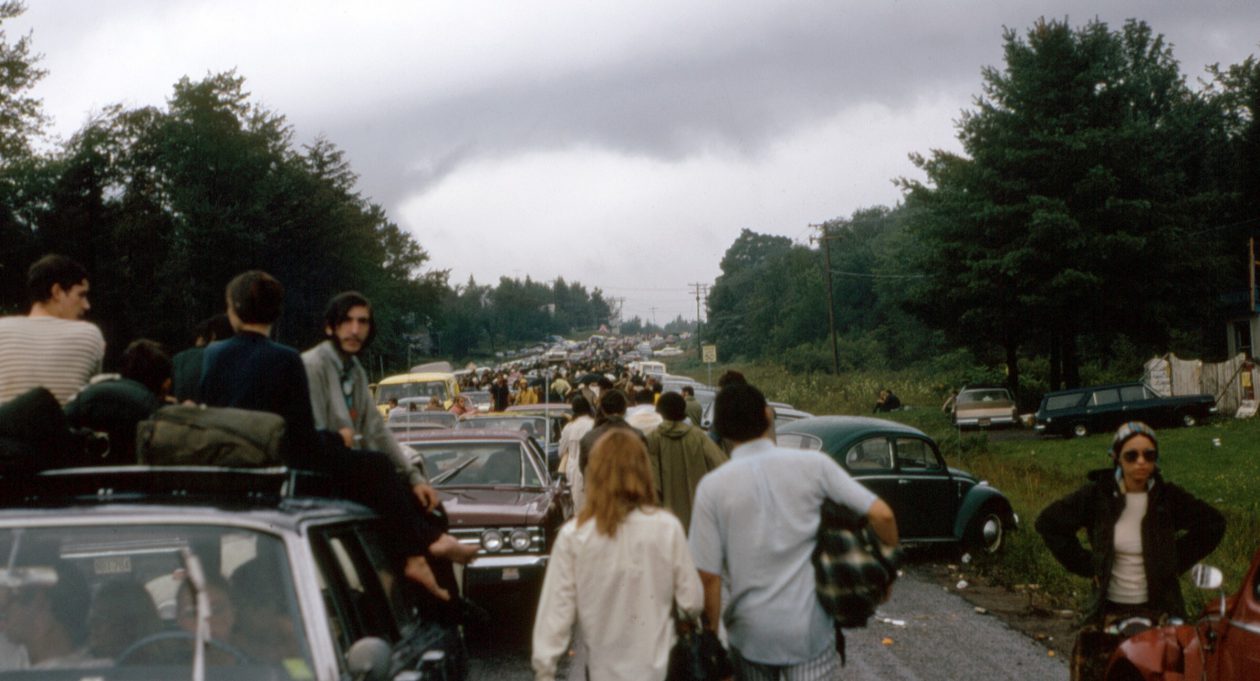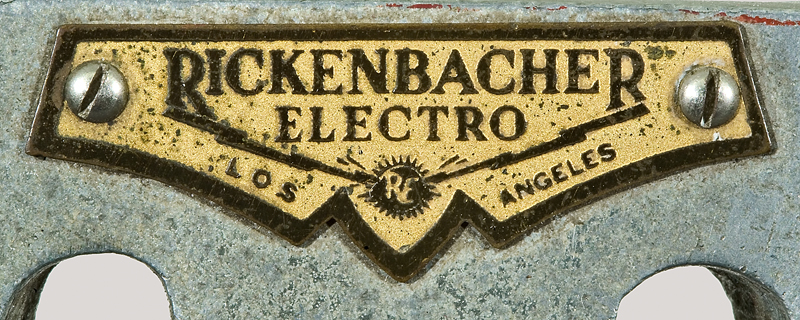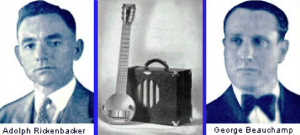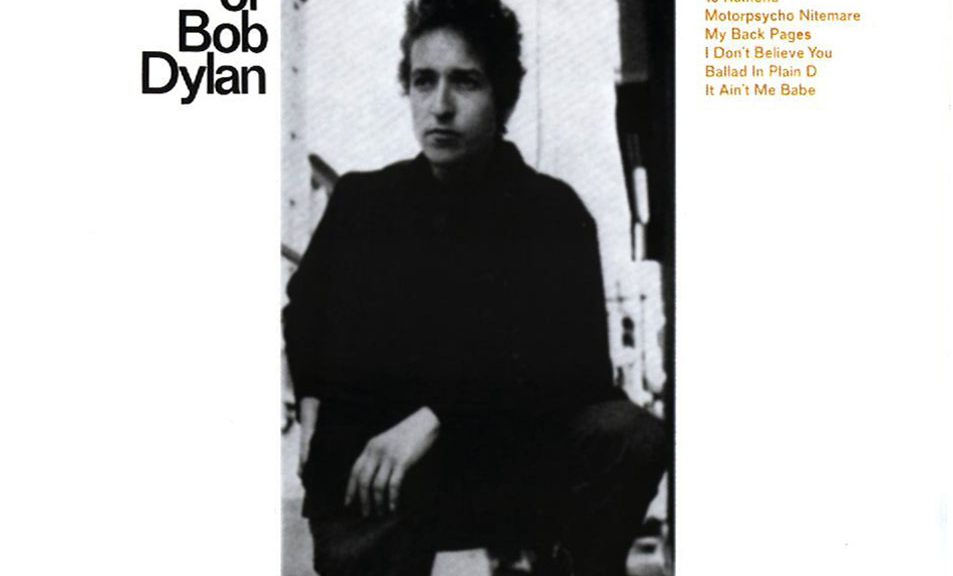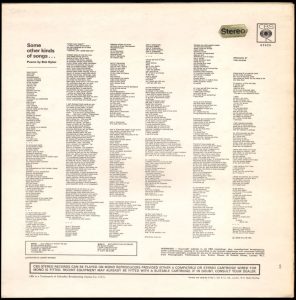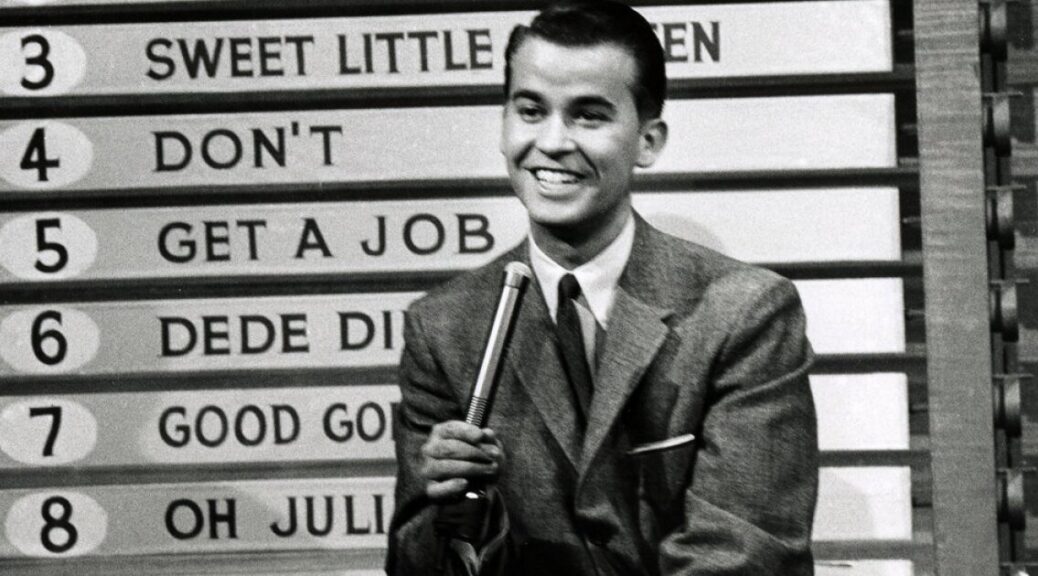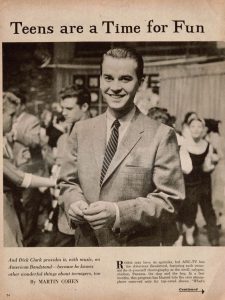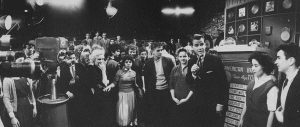Rickenbacker Electro String Instrument
Patented August 10, 1937
Tom Morillo demonstrating some electric guitar techniques
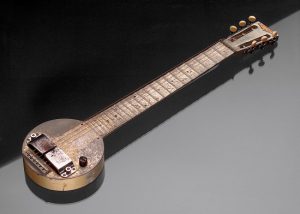
Rickenbacker Electro String Instrument
Acoustic guitar fine, but…
An acoustic guitar has many advantages. It is lightweight. It is portable. Manufacturers can make them inexpensively.
For centuries string-instruments held a high place among musicians.
Big bands…
In the early 20th century, big brass band became more popular and its powerful sound simply overpowered the acoustic guitar.
Enter electricity
As electricity increasingly became more accessible and a part of everyday life, inventors increasingly designed devices to use that power.
Electro String Instrument
On August 10, 1937, the United States Patent Office awarded Patent #2,089.171 to G.D. Beauchamp for an instrument known as the Rickenbacker Frying Pan.
Inventor G.D. Beauchamp, partnered with Adolph Rickenbacher in the Electro String Instrument Corporation of Los Angeles, California. They had spent more than five years pursuing his patent on the Frying Pan.
A telephone or a guitar?
The idea was a simple one. Simple to understand. Complicated to design. An electro-magnet placed near a vibrating string will pick up and amplify that vibration.
A problem that Beauchamp and Rickenbacker faced was the telephone worked in a very similar manner. They had to revise the guitar’s design several times before the Patent Office accepted their guitar as a guitar and not a telephone.
Their design resembled a circular magnet that surrounded the strings. That design is no longer used.
The same, but different
All the things that a guitarist could do with an acoustic guitar to vary its sound could, of course, be done with an electric guitar, such as bending the strings.
What an acoustic guitar could not do (at least not at first and not without magnetic pickups) was color the sound.
The simple current set up by the vibrating string within the magnetic field is not enough to make a loud sound. An amplifier is necessary. Put some other electronics between the guitar and the amp and a rainbow of sounds is produced.
Here is additional information about the earliest days of the electric guitar.
